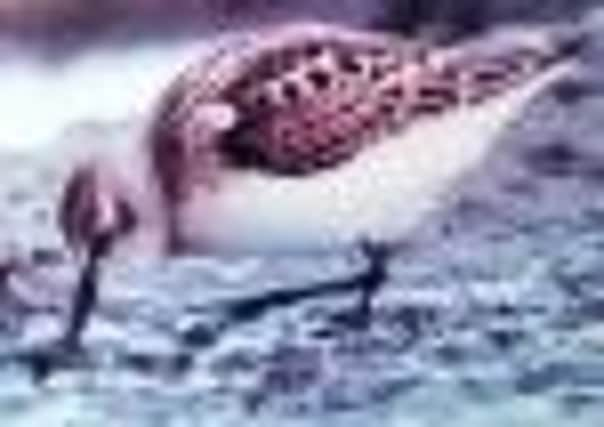Four rare birds had turned up out of the blue


The Wetland Bird Survey synchronises the UK count on one day each month in the autumn and winter when 2,000 of us plod the lochs, bays, estuaries, seawalls, reservoirs and harbours where ducks and geese, swans and waders spent their winter.
I had not done my homework by logging on to Birdline to see what was going to tempt the twitchers from the towns, But the camouflage smocks and earmuff hats told me something was up.
Advertisement
Hide AdAdvertisement
Hide AdThey were like a small army with their focused looks, monosyllabic replies and tripod telescopes trained on to targets on the tide.
It sounds like boasting and I’ll admit. You see, I had already spotted three out of the four. I have seen them all here in the past 45 years. It’s an odd thing to say, but for them there is a certain attraction in sewage. Yes, they gather on the clean outfall from the Apuldram works that processes Chichester’s waste.
Somehow the worms in the mud find it all to their taste and there the birds will gather. It is the best place to see pintail ducks, redshank, wigeon, goldeneye, and black-tailed godwits, all 350 of those this week.
But to the rarities. The first that I saw was a little stint. This wader is tiny, the size of a sparrow. Straightaway you can tell it from the 80 or 100 dunelin which are themselves like white mice along the water’s edge, because it is two inches shorter. Two or three turn up every winter in Sussex, the rest from Russia winter in the Niger delta near Timbuktoo.
Advertisement
Hide AdAdvertisement
Hide AdThe second rarity was a small curlew with a stripey head, in other words, a whimbrel. Again. it sometimes stays the winter with us when it should stay with its friends in Africa. This one was obvious among the curlews, being five inches shorter beak-tip to tail tip.
Third rarity was the spotted redshank , often to be seen at this outfall. You can lean on the wooden rail and prop your binochulars comfortably while you take in every detail of its darker plumage than a common redshank, and longer, darker beak. The bird was rushing about picking up little snails and worms most obligingly.
Fourth rarity I had not seen amongst the 300 brents feeding on a farmer’s grass meadow nearby. It was a black brant, a goose which is blacker than our brent and should have gone east from the arctic to the Pacific instead of coming west to the Atlantic. Many years, one or two get muddled and come to English resorts instead of Japan or North America. I still have to see it, but we have until mid March to twitch.
The bird also has a bigger collar around the neck and a white patch on the flank if you should feel inclined to go hunting for it too.